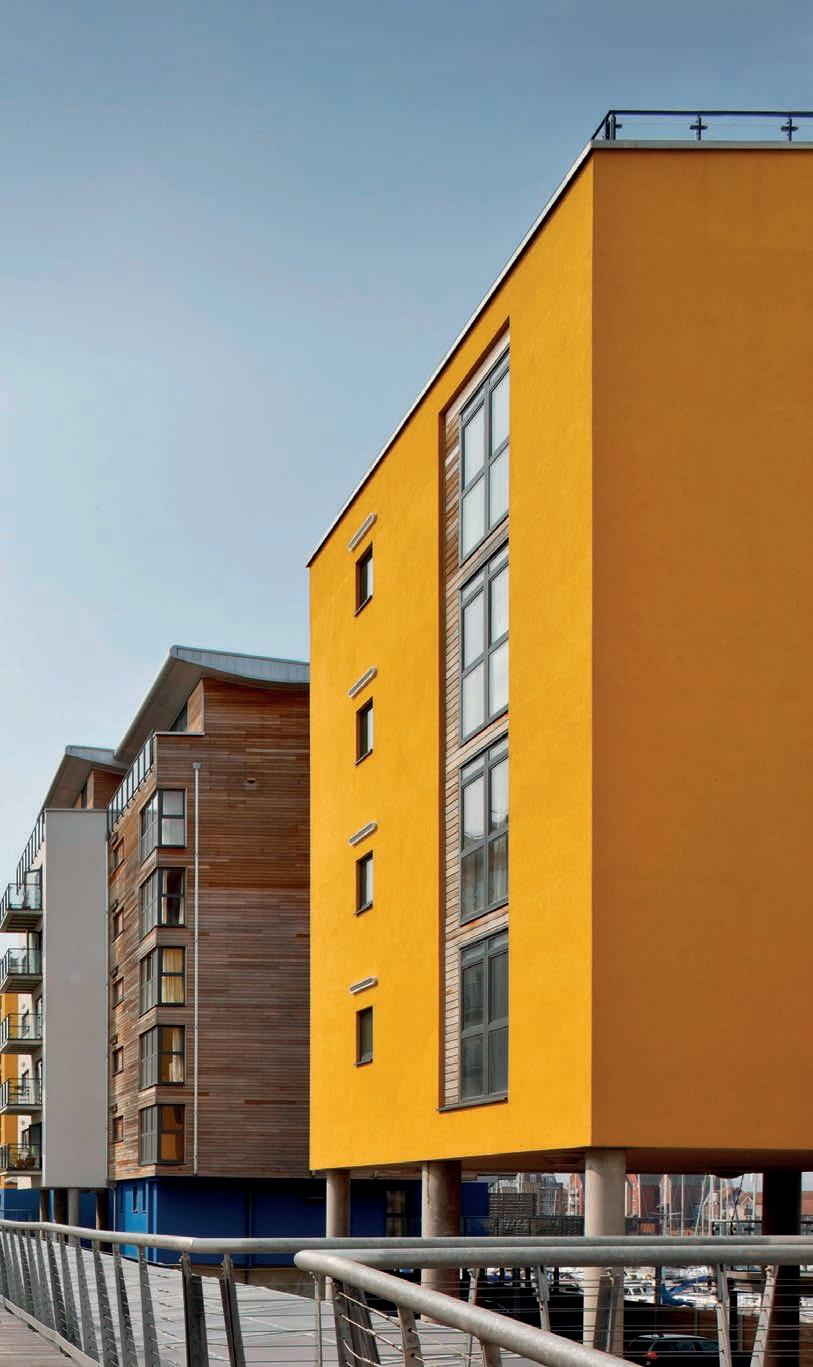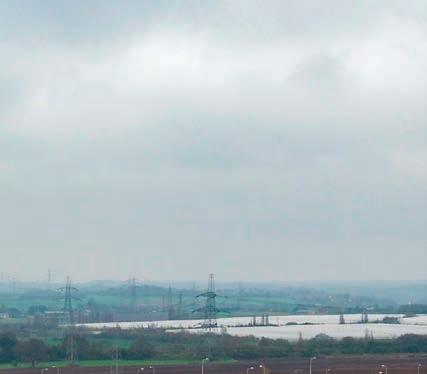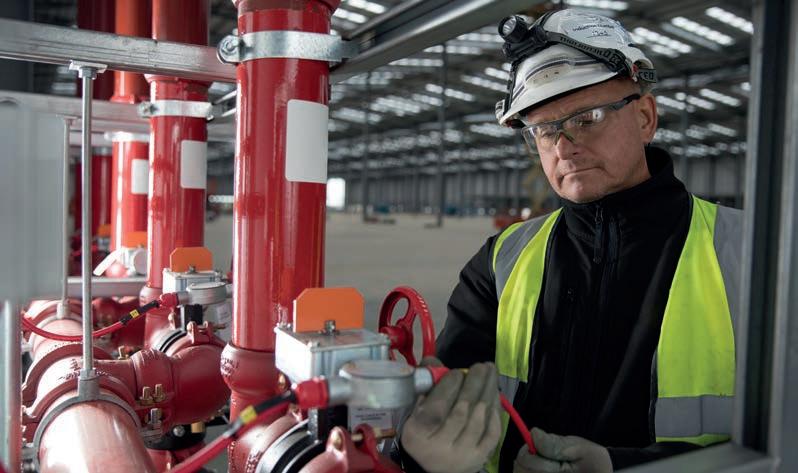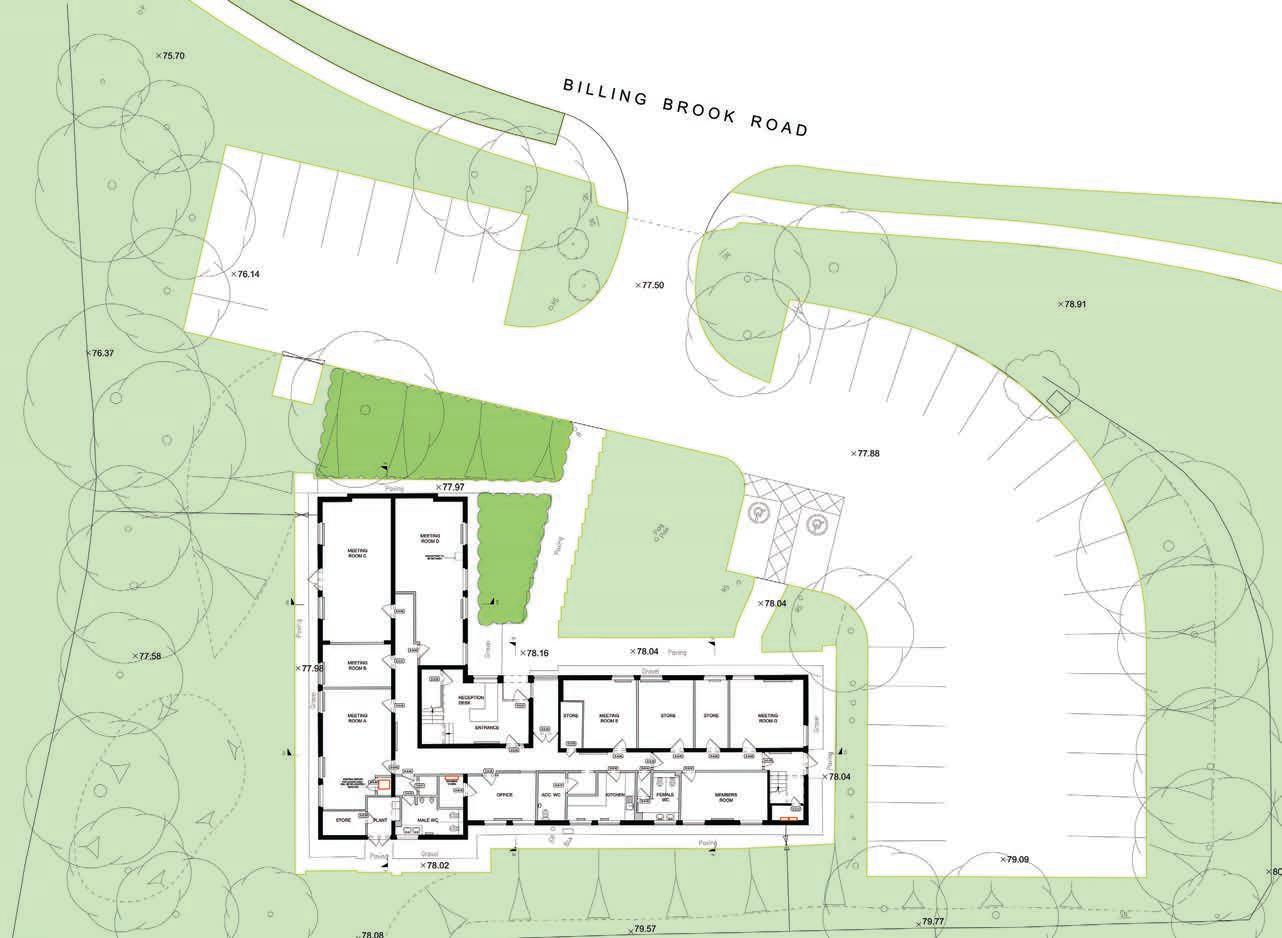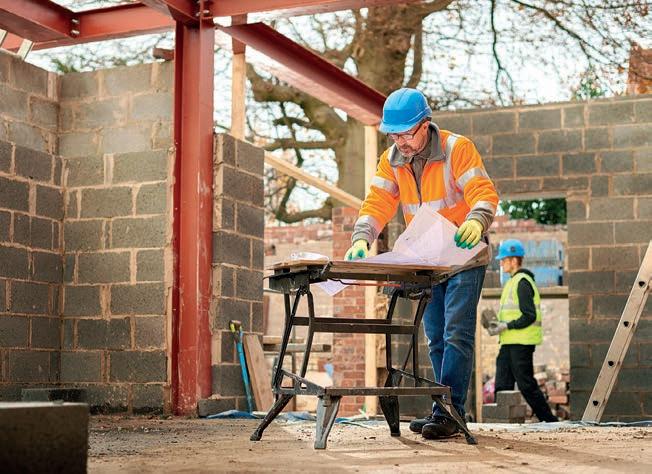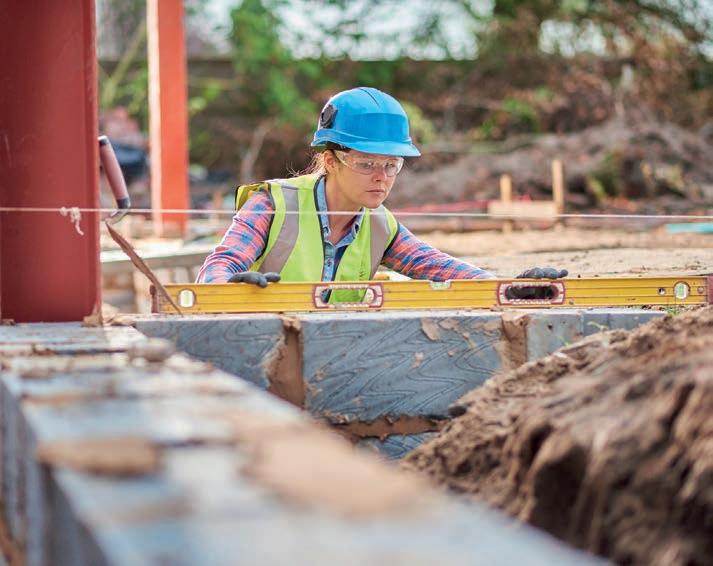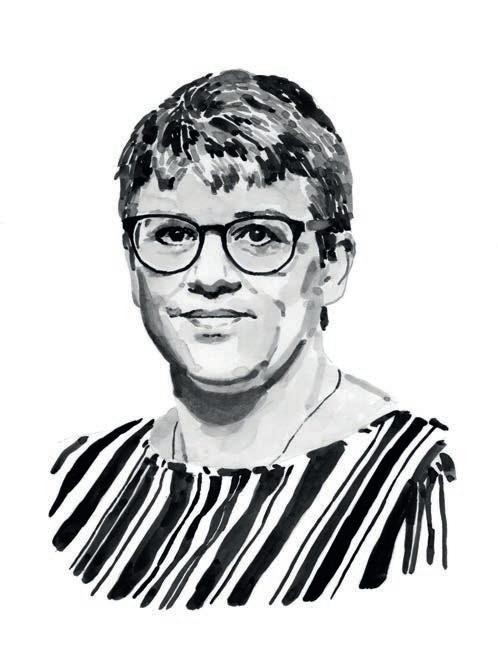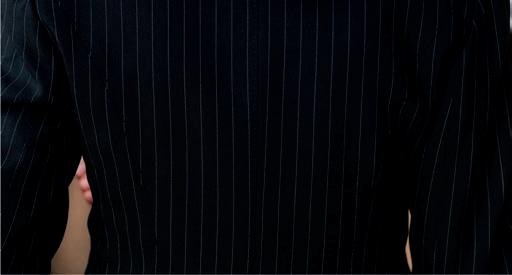JANUARY 2021
INTELLIGENCE
BUILDING ENGINEER
30
T
he headquarters of CABE were purpose-built in the late 1970s and essentially have not been modernised since. The building consequently did not reflect who we were as an Association. People came to CABE HQ to have their professional interview in front of a panel of experts and become a chartered member of a modern organisation, but that certainly was not the impression that the building gave. In 2014, the Association received its Royal Chapter and following a rebrand in 2019, which relaunched the Building Engineer journal, a new CABE website and an IT system, it became clear that the building did not reflect the up-to-date organisation. Moreover, it offered staff a poor working environment that was too hot in summer and too cold in winter. The building also hosted training courses in a room that was only accessible via stairs, so we needed to take urgent steps to make CABE HQ comply with Part M of the Building Regulations: Access to and use of buildings (England). This first phase of work also lays solid foundations for later installation of the renewable technologies and low-carbon heating systems with the aim to make HQ carbon neutral. We recruited
30-31 CABEProcurement_BE Jan 2021_Building Engineer.indd 30
Leading by example Jackie Macaulay, Chief Operations Officer, CABE, discusses the importance of transparency and procurement in the refurbishment of CABE HQ consultants to develop a roadmap to zero-carbon performance for the building that recommended installing solar panels and solar tubes, Monodraught natural ventilation and an air-source heat pump. In light of CABE’s commitment to sustainability, an additional focus was placed on retaining and re-using as much of the original fabric as possible. The biggest embodied carbon saving comes from the decision to retain the building as a whole, but we have worked
hard to re-use existing materials such as ceilings, doors and woodwork where possible. This is not just about saving money – it might be cheaper to replace some elements – but about reducing waste and minimising demand for new products; for example, the old library shelves are being used to create features around the building. We have also worked with the contractor to ensure that the uPVC windows, carpet and other items that are being replaced go to a specialist recycling plant.
10/12/2020 15:19


